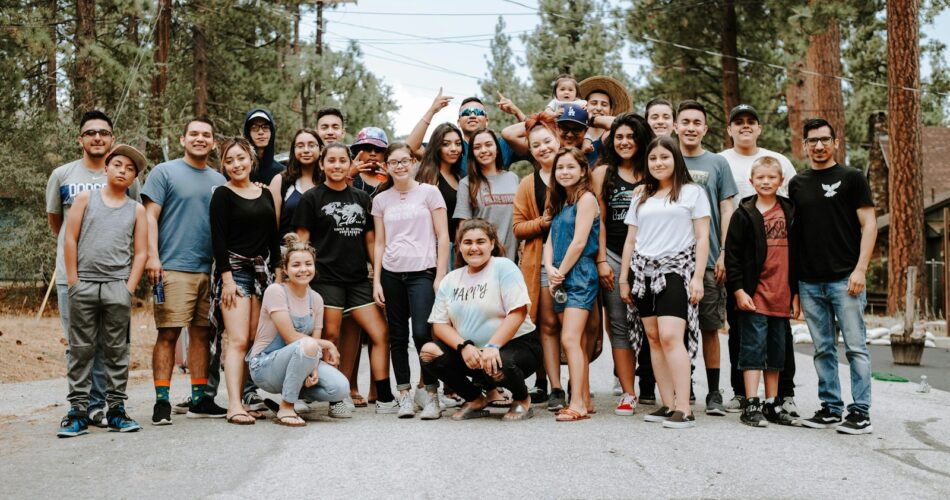Class: Primary 4
Term: 3rd Term
Week: 2
Age: 9 years
Duration: 40 minutes
Subject: National Values Education
Curriculum Theme: Civic Education
Previous Lesson: Meaning And Reasons For Peaceful Co-existence (Primary 4)
Topic: Meaning And Reasons For Peaceful Co-existence
Content/Learning Area: Meaning And Reasons For Peaceful Co-existence
Performance Objectives
By the end of the lesson, pupils should be able to:
- Cognitive Domain: Explain the meaning of peaceful co-existence.
- Affective Domain: Express the importance of living peacefully with others.
- Psychomotor Domain: Demonstrate actions that promote peace in class activities.
- Social Domain: Cooperate with classmates during group tasks to show peaceful living.
Reference Materials
The following resources was used in planning this lesson:
- 9 Years Basic Education Curriculum
- Abuja Educational Resource Centre Scheme of Work
- NAPPS National Unified Scheme of Work
- Online Information from: Wikipedia – Peaceful coexistence
- Relevant Textbooks
Instructional Materials
The teacher will teach this lesson with the aid of:
- Flash cards with peace-related words
- Chart showing people living peacefully
- Real-life stories or short skits about peace
- Audio-visual clips demonstrating peaceful behaviour
- Whiteboard and marker
Rationale for the Lesson
Understanding peaceful co-existence helps pupils live in harmony, avoid conflicts, and grow into responsible citizens in school and the society.
Prerequisite/Previous Knowledge
Pupils have learned how to show good behaviour and play nicely with others in school.
Lesson Content
Meaning And Reasons For Peaceful Co-existence
Peaceful co-existence means living together without fighting. It means respecting one another and solving problems without violence.
Reasons for Peaceful Co-existence
There are many reasons why people should live in peace.
The following are reasons for peaceful co-existence:
- It helps people to live happily
- It allows progress and development
- It reduces fighting and problems
- It brings unity among people
- It helps children to learn better
- It makes the society safe and calm
- It helps people to work together easily
Teaching Methods
Discussion, Lecture, Storytelling, Explanation, Visual Aids, Group Work
Instructional Procedures
| Content Development | Time | Teaching Skills | Teacher’s Activity | Pupils’ Activity | Learning Point |
|---|---|---|---|---|---|
| Step 1: Introduction | 5 mins | Set Induction | Tells a short story about two friends who always fight and asks pupils questions. | Listen to story and answer teacher’s questions | Pupils become interested in the topic |
| Step 2: Meaning of Peaceful Co-existence | 10 mins | Explanation | Explains the meaning of peaceful co-existence using pictures and flashcards. | Listen and look at the pictures and flashcards | Pupils understand the meaning of peaceful living |
| Step 3: Reasons for Peaceful Co-existence | 10 mins | Discussion | Guides pupils to discuss why peace is important in school and at home. | Share ideas and examples on how to live peacefully | Pupils learn reasons for peaceful co-existence |
| Step 4: Role Play Activity | 5 mins | Demonstration | Organizes pupils in groups to act out scenes showing peace and quarrel. | Act out peaceful and non-peaceful scenes | Pupils show peaceful behaviour through drama |
| Note Taking | 3 mins | Writing | Guides pupils to copy the summary note on the board. | Copy the note in their notebooks | Pupils develop writing and retention skills |
| Evaluation | 5 mins | Questioning | Asks pupils oral and written questions to check understanding. | Answer questions correctly | Pupils recall and apply the lesson |
| Conclusion | 2 mins | Instructional Closure | Recaps key points, encourages pupils to practice peace at home and school. | Listen and promise to live in peace | Pupils commit to peaceful behaviour |
Lesson Keywords
- Peace: Living without quarrel or fight
- Co-existence: Living together with others
- Harmony: Being friendly and united
- Respect: Showing care for others’ feelings
- Unity: Being together as one
Lesson Evaluation
To evaluate the learning, the teacher asks pupils to:
- What is peaceful co-existence?
- Mention three reasons why people should live in peace.
- Give one example of peaceful behaviour.
- Act a short drama on peaceful co-existence.
- Say how peace helps people in school.
Differentiation
Pupils who struggle will be paired with supportive peers; visual aids and role play will help learners of different strengths understand the concept.
Note for teachers using this lesson plan
Encourage group work and reinforce the message of peace throughout other lessons. Use real-life examples to keep the topic relatable.

